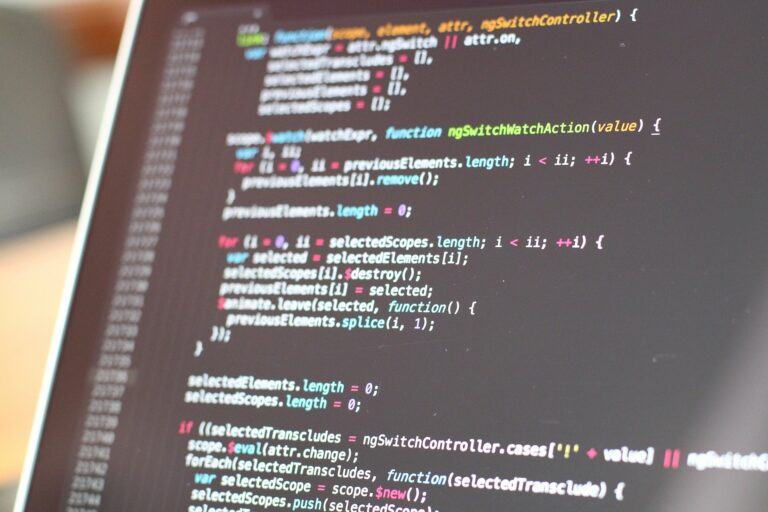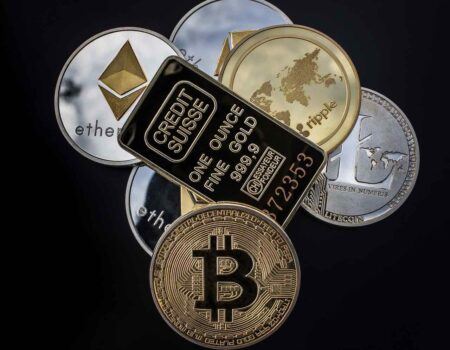Alex de Vries, a blockchain specialist at PwC, has claimed that only 2% of machines mining Bitcoin ever manage to find a block during their short lifetimes, while 98% fail to verify transactions on its leger.
According to a report published by The Telegraph, de Vries said one BTC transaction uses the same amount of energy as a British household for nearly two months, and that the energy needed to run the cryptocurrency’s network soared to an all-time high of 77.78 tWh – the same consumption the whole country of Chile has.
Per de Vries, a single BTC transaction has the same carbon footprint as 780,650 Visa transactions, or 52,043 hours watched on Google-owned video-sharing platform YouTube. He added 2people react with disbelief, but the figures are true.”
Bitcoin’s energy consumption reportedly crashed shortly after the cryptocurrency hit an all-time high in December 2017, as its price dropped for a year after it hit its high. Recently, as the price of the cryptocurrency struggles to hit $10,000 again, it picked back up, according to de Vries, who founded Digiconomist.
The analyst estimates there are around four million BTC mining machines supporting the cryptocurrency’s network, with 98% of them failing to find a block – and therefore validate transactions – over their short lifetime of one and a half years.
They are sort of participating in a massive lottery and every 10 minutes one gets lucky and gets to produce the next block.
He added most of the mining machines are, as such, “running pointlessly for a few years, using up energy, and producing heat, and then they will just get trashed because they can’t be repurposed. It’s insane.”
The cryptocurrency mining industry is believed to generate around $5.8 billion per year for miners, who compete with each other to verify blocks on the network. Every block they find currently includes a reward of 12.5 BTC plus collected transaction fees.
In May of this year, block rewards are set to drop to 6.25 BTC per block. While some believe that if BTC’s price doesn’t increase it could make it a lot harder for miners to stay afloat, most analysts appear to consider the event a bullish one. Historically, Bitcoin’s price has surged after every block reward having.
Binance’s CEO Changpeng Zhao, for example, has said he believes the halving hasn’t yet been priced into bitcoin. Zhao cited historical events and increased mining costs as evidence BTC’0s price has room to grow.
Featured image via Pixabay.









